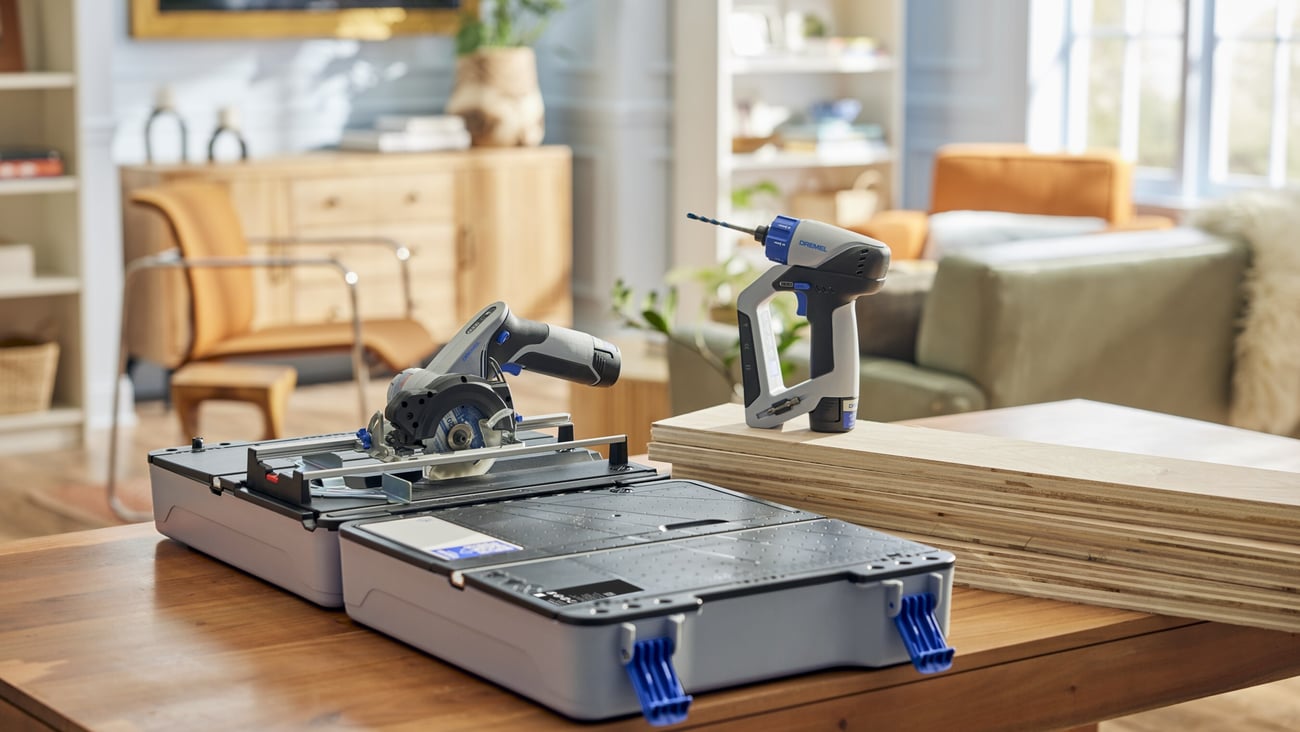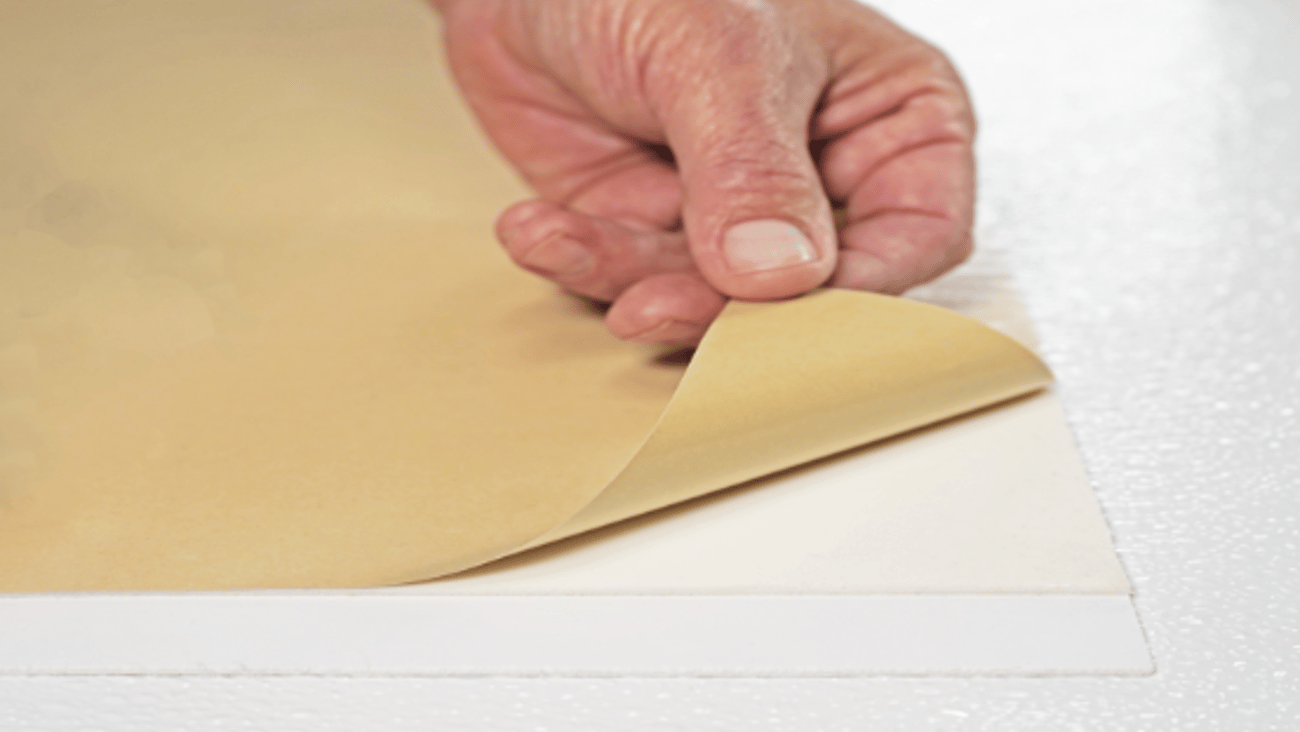A store’s best friend?
While no product category is absolutely recession-proof, there are a few in the home channel that come close. Paint will always sell, and weather permitting, lawn and garden is a safe bet.
Add pet products to the list.
Sales of “companion” pet products generated about $29 billion in 2010, according to the American Pet Products Association, and that number is growing. (Companion pet products exclude supplies for horses, which fall under farm and ranch, and live pets, which added another $2 billion in sales, totaling $31 billion. Wild birdseed is normally considered part of the outdoor living category.) This $29 billion in sales is “highly fragmented” among retailers, according to Central Garden & Pet (CG&P), the industry’s largest supplier of pet products, which claims that only 25% go to large national chains like Petco and PetSmart.
The number of pet owners continues to expand — 62% of U.S. households now own a pet — and attitudes toward pets are also shifting. Pet owners are not going to scrimp on spending on their pets; in fact, they may spend more on their pets than they do on themselves. A CG&P executive explained it this way at the Jefferies & Co. Global Consumer Conference on June 27:
“There’s a whole ‘humanization’ around people’s pets [today>. They’re really part of the family. In a recessionary environment, people may not want to spend money on a refrigerator, but they’ll certainly continue to feed their dogs, buy them treats,” said Lori Varlas, senior VP and CFO of CG&P. “It makes them feel good.”
Page Hardware & Appliance in Guilford, Conn., focuses heavily on such impulse items as chew toys, dog biscuits and toys in an endcap near the front register. There’s another display toward the back with such convenience items as fish food, kitty litter and bigger-ticket items, including Pet Safe electronic fence systems.
“We’re near the town green, and there’s a lot of people walking their dogs,” explained Renee DeGoursey, head of accounts payable but also the on-staff pet expert and merchandiser. Because the Long Island Sound store is small, DeGoursey keeps her orders small and gets everything from the True Value warehouse. But she’s still able to find unique items that distinguish Page Hardware from the competition. These include novelty toys such as floating discs and glowing balls that bounce in all directions.
Katherine Ramsden, True Value’s product manager for pet products, estimated that “about 3,000 of our members are in the pet business to some degree.” While some stores have entire departments devoted to pets, others are just starting out with an opening assortment. “It’s a good margin category, and some stores are jumping on that,” Ramsden said.
Presently, True Value carries 700 pet-related SKUs in its warehouses, but that’s about to change. A new merchandising initiative will focus on pet products for both the rural and urban markets, Ramsden said. The program won’t be rolled out all at once, she stressed, but over a period of time involving different markets.
While the Chicago co-op intends to maintain “a good assortment for the everyday customer,” certain trends in pet products will not go unacknowledged. Flea and tick prevention medicine such as Advantage and Frontline will be added, along with grooming and pet spa products (think oatmeal shampoo), and low-cost natural dog food. The whole pet health trend will usher in a few new products, including the popular Nylabone. “Dental seems to be big these days with treats,” Ramsden observed.
Lowe’s offers the Nylabone, along with other dog chews, collars, leashes, pet doors, dog houses and kennels. Home Depot carries the last three products, plus a special carrier packed with emergency supplies that serve as an “evacuation kit” for cats and small dogs.
For some dealers, pet supplies are a natural progression, once they realize how many dogs their customers have. Crown Ace Hardware, a California chain with a location in a mixed-use development in San Diego, kept pet treats on hand for its customers with canine companions. When that number hit critical mass, store manager Angela Sharrett realized it was time for a pet supplies endcap. She now carries a popular line of collars and leashes. Her own dog, Harley, is a frequent visitor to the store.
Jason Kelton of Murfreesboro, Tenn., took a very different approach: He ran a pet store four years ago and then joined Do it Best in 2009, adding a home improvement merchandise assortment. Kelton’s Hardware & Pet is now split 60/40 between the pet/hardware categories, and they complement each other well, Kelton said. “The pet industry doesn’t have the downturns,” he explained. “But the margins for hardware are better.”
Many hardware dealers who sell pet supplies stay away from food because the margins tend to be low. “You’re lucky if you get 20%, and some brands are as low as 13%,” Kelton said. But the 36-year-old dealer, who once ran a farm and ranch store in another part of town with his father, said the secret is in inventory turns. Through Kelton’s Frequent Buyers Club, he knows that his many pet owners come in to resupply every 25 days, on average. While in the store, they may buy a few treats (where margins tend to be around 50%) then wander over to the hardware side and pick up home improvement items.
Kelton is also noticing the health-food craze among pet owners. “The holistic brands have taken off in the last couple of years,” he said. So Kelton is bringing in more premium lines of pet food, which happen to have much better margins. These sell well among owners of purebred breeds, many of which have health issues, such as skin or stomach problems. Or maybe, Kelton speculated, people have more invested in these dogs. Either way, “You get in a better demographic,” he said. “They have more pets, and they buy more treats.”
Like every hardware dealer interviewed for this story, Kelton stressed the need to have a “pet expert” on staff who can answer customers’ questions. “It has to be a person with a strong interest in pets who can connect with customers on that level,” he said. “A normal hardware guy is not going to do that.”
Reineman’s True Value, a three-unit dealer in the southeast corner of Wisconsin, has two full-time employees in charge of the pet department. And in this case, we’re not just talking about food, treats and toys. Reineman’s carries gerbils, hamsters, birds, fish and aquariums, and frogs. The store even features a bearded dragon, but no snakes. “One of my [partners> doesn’t like snakes,” explained owner Jeff Konen.
The pet department is more than 800 sq. ft., and Konen’s two “pet specialists” each have their own area of expertise: One is good with cats, dogs and birds, while the other is more knowledgeable about reptiles and fish.
Konen could not have been more serious when he spoke about the importance and responsibility of earning customers’ trust. “Everyone’s pets become part of their family,” he explained. “If you have someone [on staff> who really doesn’t know what they’re talking about, they can cause real damage.”
Konen attributes the healthy food trend to people’s overall attitude toward their own diet. “People are trying to eat better, so they want their pets to eat better.” But his biggest seller by far is live crickets, which retail for 99 cents a dozen. The markup on this particular item, eaten by a variety of reptiles and amphibians, is close to 70%.




